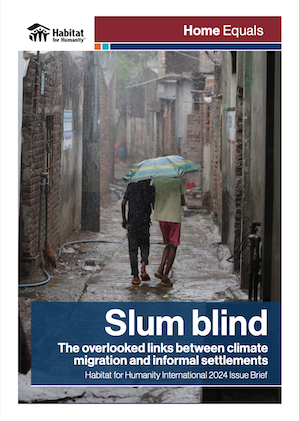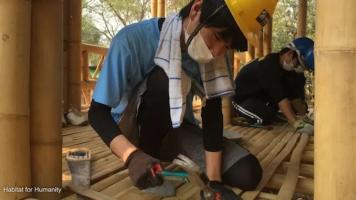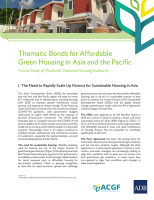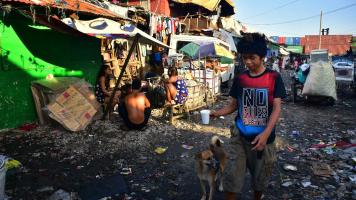Slum Blind: The Overlooked Links between Climate Migration and Informal Settlements
This brief examines the overlooked links between climate migration and informal settlements, and highlights the need to upgrade informal settlements.
Climate-driven migration can potentially impact 215 million people by 2050, affecting the poorest and fastest urbanizing countries the most as they will likely face the largest numbers of internal climate migrants. However, since urban informal settlements, or slums, are least equipped to respond to climate migration, climate migrants may just end up moving into—and not away from—risk.
This brief examines the overlooked links between climate migration and informal settlements, and urges world leaders to upgrade urban informal settlements to address human mobility while increasing climate resilience. Investing in informal settlements and advancing policy changes can contribute to building climate-resilient cities.
Contents
- Introduction: Why place urban informal settlements at the center?
- Challenges: Climate migration hits the most vulnerable the hardest
- Opportunities: Localizing efforts to leverage sustainable human development gains
- Case study: What slum upgrading looks like on the ground
- Calls to action
- References
Published June 2024.



